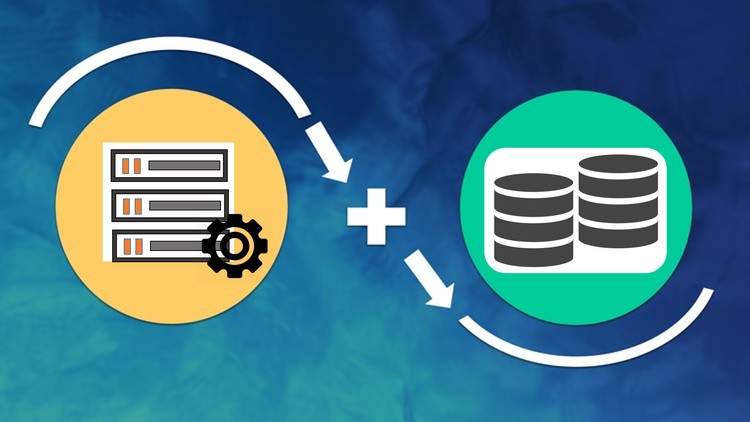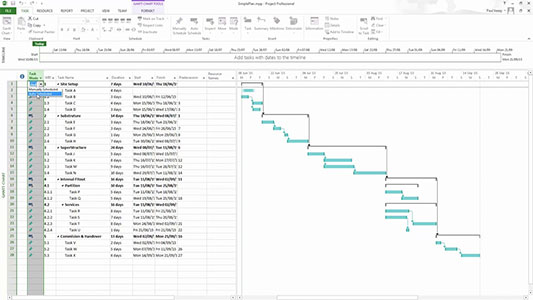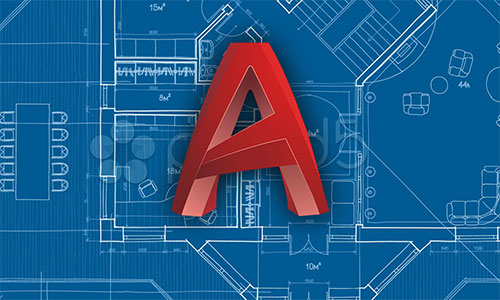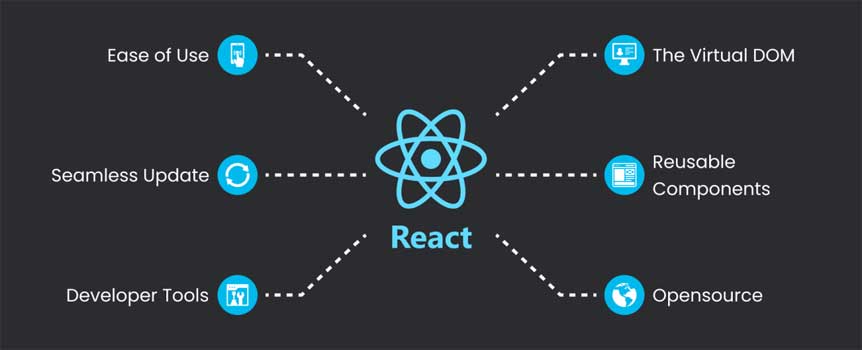SAP ABAP on HANA is the programming language in which SAP’s ERP system was developed in. It is a high-level computer programming language that’s similar to C, Java, and Python. It’s not only used by technical SAP customers but by software developers as well.
Currently, a large percentage of SAP’s ERP applications are developed in ABAP. However, with the introduction of SAP HANA, ABAP development has become even more efficient. SAP HANA’s in-memory database uses RAM storage to offer split-second response times for data retrieval. Moreover, it is data agnostic and works with existing files as well as new ones. This allows businesses to quickly develop and deploy new, custom tools and applications without needing assistance from outside IT specialists.

As a result, ABAP’s development environment has become more intuitive and easy to learn. The ABAP Workbench provides a variety of features for developers including syntax checking, runtime error checking, and dynamic programming. This has enabled ABAP programmers to write more complex programs in less time. It has also improved performance and boosted application speed.
In addition to this, the SAP HANA database is a read-optimized database and is able to process data in near real time. Traditionally, traditional database systems like Oracle, DB2, and DB6 were only WRITE optimized. They required that ABAP reports first fetched the data from disk storage and loaded it into RAM before the CPU could process the data. As a result, OLTP processes were not real-time.
SAP’s SAP HANA database was designed to be an in-memory database first and offers the best of both worlds – it is a read optimized database that works with data in RAM and can still leverage other storage mechanisms to balance performance and cost. The main advantage of this is that SAP HANA enables business users to run real-time analytics with the click of a button, as opposed to having to wait for IT to prepare reports.

SAP HANA’s in-memory architecture improves ABAP programming efficiency by using the logical separation of data access and processing, which is essential for application development. The ABAP database APIs (ABAP SQL and ABAP CDS views) are ideal for most application requirements. However, there are some special scenarios – called breakout scenarios – that require more specialized native SAP HANA functions or algorithms. In these cases, ABAP AMDP and SAP CDS table functions can be used to provide the necessary functionality.





